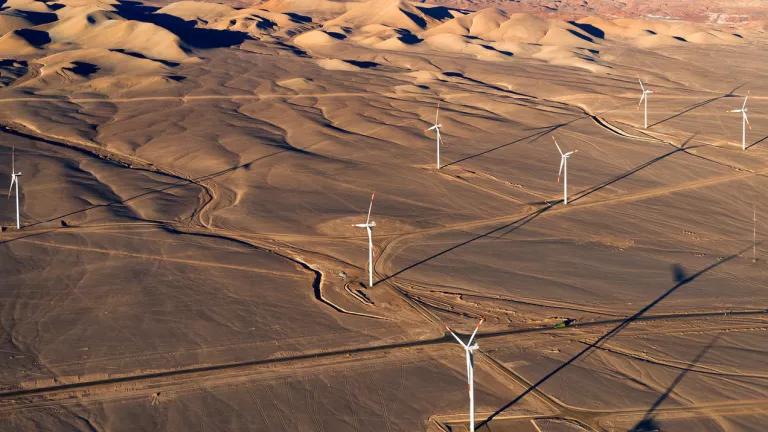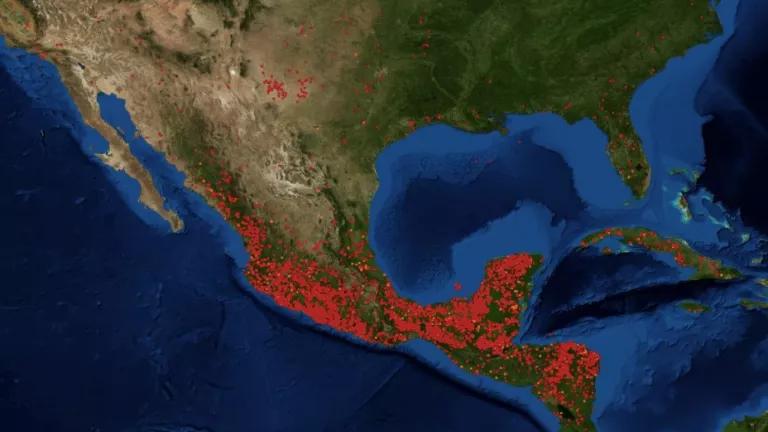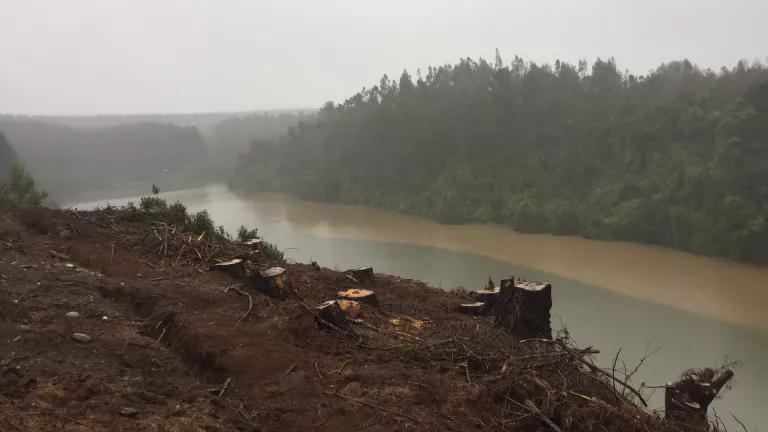A recent opinion piece in the Wall Street Journal about the controversial hydroelectric proposal in Chilean Patagonia called HidroAysén underscored several of the most common misconceptions about the project. The opinion piece gets its facts wrong on a few key areas: (1) HidroAysén is not the only way Chile can satisfy the growing demand for energy and be energy independent; (2) the “efficient design” of dams is not a sufficient justification for the huge and irreversible impacts they would have on Chilean Patagonia; (3) HidroAysén is a costly project that would not help raise Chileans out of poverty, but instead would expropriate some of Chile’s national treasures for profit; and (4) opposition to HidroAysén is the majority view in Chile, uniting conservatives, liberals, Santiago residents and Patagonians alike.
Indeed, the WSJ piece oversimplifies the controversy as a choice between conservation and development, when the real question is what is the best way for Chileans to achieve their development goals.
The record must be set straight before an honest debate can take place.
As background, HidroAysén would consist of five mega-dams on two of Patagonia’s largest rivers and would have an installed capacity of 2750 MW. The company would also build a risky and untested 1180 mile-long high-voltage transmission line to carry the dams’ electricity to the main grid around Santiago. The line would traverse national parks, protected areas, indigenous territories and thousands of private properties, as well as run underwater, around active volcanoes and through seismically unstable areas. The grid it would connect to is separate and unconnected from the second major electric grid, which lies even further north and serves the bulk of Chile’s mining industry.
1. Chile has better options than HidroAysén to satisfy growing energy demand and be energy independent.
Chile has a wide variety of clean energy options in renewables and efficiency that, when combined with the country’s existing generation fleet, could safely meet the country’s future energy needs without HidroAysén. Just in the main grid around Santiago, Chile has considerable potential (at least 13,400 MW) from solar, geothermal, wind, biomass and mini-hydro resources. Many of these options are already cost-competitive with conventional sources like large hydro and coal and will become more so as the renewable energy industry scales up.
These smaller plants would also do something HidroAysén cannot: bring power to where power is needed most -- in the northern heart of Chilean mining country. This would save on transmission costs (both economic and environmental) and address the most pressing energy demand needs.
The WSJ notes that up to 30% of total present-day demand in the main grid would be supplied by HidroAysén. This lack of diversification could trigger a crisis if the dam complex were to experience a sudden disruption of service. A far wiser and more stable choice, in accordance with sound planning practices, would be to deploy smaller plants closer to demand centers, effectively putting eggs in many baskets.
2. The “efficient design” of dams does not justify significant and irreversible impacts.
The effects that HidroAysén would have on the environment and the people of the region would be immeasurable. It would threaten already endangered species, such as the huemul, an Andean deer and national symbol of Chile. It would severely alter the hydrology of the rivers that the company plans to dam, the Baker and the Pascua, and therefore spoil the surrounding wetland ecosystems which scientists are just starting to understand. It would flood a portion of Laguna San Rafael National Park, violating both Chilean Law and international treaty.
The environmental impact assessment (EIA) for the dams was a woefully deficient document, which ultimately failed to truly justify HidroAysén, even though the dams were approved by the environmental authorities this past May. The EIA had glaring gaps in information, incorrect data and inconsistent analyses. These faults were more than sufficient reasons for the project to be rejected. Its approval illustrated the extent to which politics had polluted the review process and was a huge step in the wrong direction for Chile. Those faults in the EIA and the illegal irregularities in the review process are now the chief arguments in the current Appeals case.
Many of the indirect impacts HidroAysén cannot even be imagined yet. These impacts would accompany the other commercial projects – mining, other dams, lumber, etc. – that could exploit Patagonia’s natural resources if HidroAysén were allowed to open up this now untouched area for development. There is no justification for that when other, better options exist.
3. HidroAysén is a costly project designed to make a profit – not raise Chileans out of poverty.
HidroAysén is a joint venture between two of the largest energy companies in Chile: the Chilean Colbún and the Spanish- and Italian-owned Endesa. These are major trans-national companies who are concerned with shareholder returns, not fighting poverty. Any concern they may have for making returns is indeed justified, considering the project’s price tag. When the company first submitted its project to the environmental authority in 2008, they estimated the dams and transmission line together to cost about $5 billion. That price tag has doubled over the past three years to $10 billion, even before the environmental impact assessment for the line has been submitted.
The reality is that the dams were dreamed up to profit shareholders. If costs continue to escalate, or other projects meet Chilean energy demand first, it may end up creating stranded assets that the energy companies will seek to pay off on the backs of Chilean citizens.
Nor would the project create good, lasting jobs. According to HidroAysén’s environmental impact assessment, it would create several hundred jobs during the construction period, yet most of those workers would be imported from other areas. Some businesses in the region would temporarily benefit from the increased local traffic. But a lot of other local businesses, including Patagonia’s growing eco-tourism sector, would suffer. Other Patagonians are worried about the social and economic impacts of a large temporary workforce in their now small towns.
New renewable and efficiency projects located across the country, on the other hand, would spread profit among a far wider group of people. If Chile’s government fostered these sectors, it could create new skilled jobs throughout the country. As noted above, these projects are already a viable reality. They could go a lot further towards helping “Chile’s Poor” (as the WSJ used the term) than HidroAysén would.
4. Opposition to HidroAysén is the majority view in Chile, and unites conservatives, liberals, Santiago residents and Patagonians alike.
A May opinion poll from one of Chile’s top newspapers shows that 74% of Chileans are against HidroAysén. I would wager that not all of them are from the “hard left” (again, I’m using the WSJ’s term). The campaign to protect Patagonia from HidroAysén and to build a better energy future for Chile is led by the Patagonia Defense Council, a coalition of approximately 70 NGOs – the vast majority of which are Chilean. International members of the coalition come from Spain, Canada, Italy, Bolivia and the U.S. The foreign elites with the most at stake in this fight are the energy-billionaires hoping to profit by spoiling Chile’s national treasures. Chileans of all persuasions have every right to be angry.
Simply put, HidroAysén is not the best option for Chile, and is not necessary for the country’s energy stability and independence.
Many thanks to my colleagues Carolina Herrera, Noah Long and Douglass Sims for their input.




